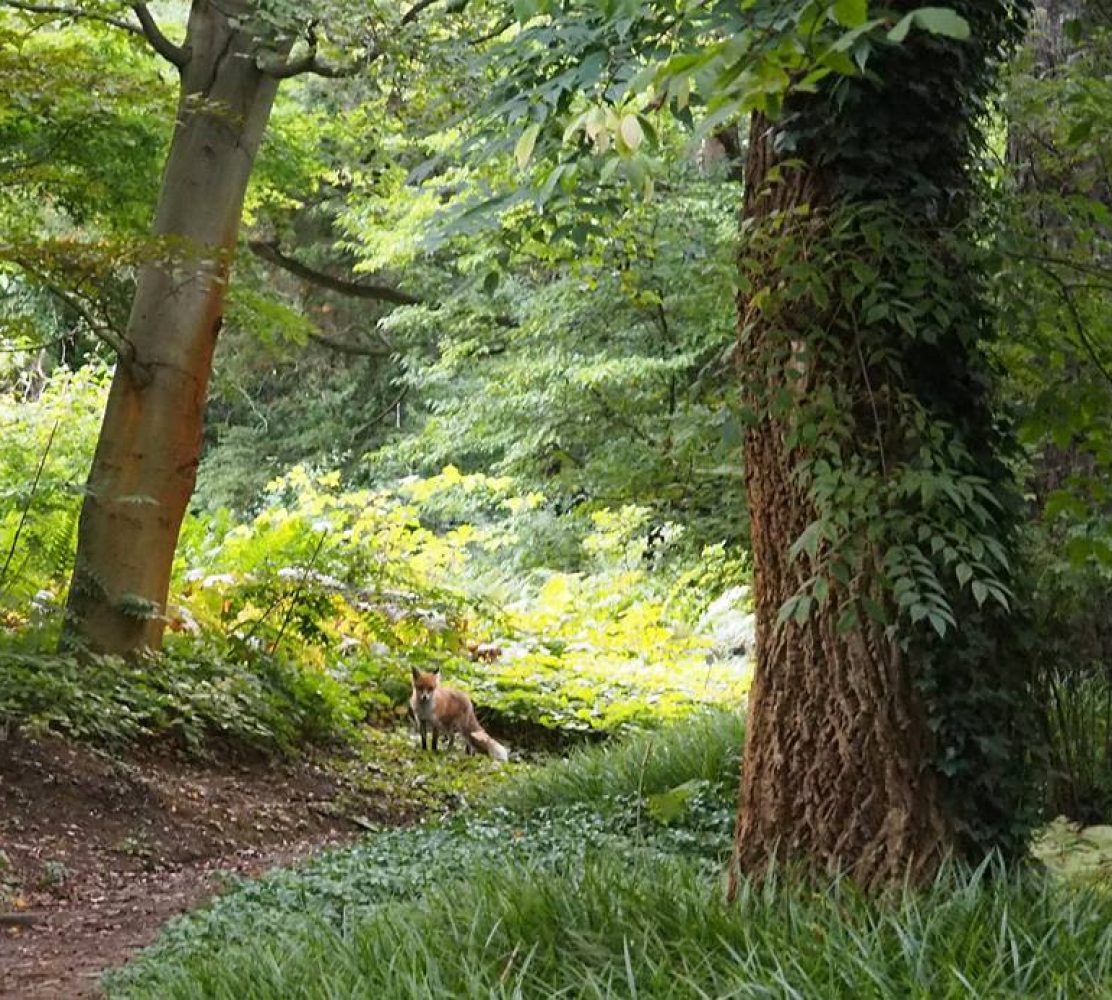This weekend we went to visit family who live near Bonn in North Rhine-Westphalia, the most populous state in Germany, which encompasses the plains of the river Rhine and the Mittelgebirge (small mountains/central uplands) which stretch towards Belgium, where they continue as the Ardennes. The lands on one side of the Rhine were colonized by Romans (the Cologne/Bonn side), whereas the other side was left to the local tribes after the Romans suffered a heavy defeat. Southeast of Bonn near the Rhine are the Siebengeberge, hills of ancient volcanic origin, formed by magma rising up beneath the surface and then cooling and becoming solid. Now as I’ve mentioned before, the usual practice in Europe is: if there’s a hill put a castle of top of it (it makes for a good lookout/defensive position), and indeed, you will find several castles and monuments on top of the many hills in the area. The rock of the area was also quarried, since the nearby Rhine made it convenient to transport the rocks, and used to build the massive Cologne cathedral, amongst other things.
Near a town named Königswinter is a hill called Drachenfels (Dragon’s rock), named for the legendary dragon which used to live in a cave on its slopes. On top of Drachenfels is one of the oldest castles in the area (or possibly the oldest), built between 1138 an 1167 by Archbishop Arnold I of Cologne. The entire region used to fall under the governance of Cologne, and the crest of Bonn and other towns therefore contain the Cologne cross. From the castle there is an excellent view all all around, particularly to the Rhinelands below, so the occupants could watch for potential invaders. The castle was ruined during the 30 Years’ War with Protestant Swedes in 1634, and never rebuilt. Lower on the hill is a neogothic castle called Schloss Drachenburg, built by a baron in 1882. During the Romantic era, many poets visited this area and wrote verses about it, such as Heinrich Heine (1797-1856) and Lord Byron (1788-1824):
“The castled crag of Drachenfels
Frowns o’er the wide and winding Rhine,
Whose breast of waters broadly swells
Between the banks which bear the vine.
And hills all rich with blossomed trees,
And fields which promise corn and wine,
And scattered cities crowning these,
Whose far white walls along them shine,
Have strewed a scene, which I should see
With double joy wert thou with me.
(Lord Bryon)
The nearby Rhine has also inspired many poems. While we were on top of Drachenfels, we spoke about another Heinrich Heine poem, written about a rock some 50km away on the river where many boat accidents have occurred. It’s a beautiful poem, so I’ll end with it here.
I cannot determine the meaning
Of sorrow that fills my breast:
A fable of old, through it streaming,
Allows my mind no rest.
The air is cool in the gloaming
And gently flows the Rhine.
The crest of the mountain is gleaming
In fading rays of sunshine.
The loveliest maiden is sitting
Up there, so wondrously fair;
Her golden jewelry is glist’ning;
She combs her golden hair.
She combs with a golden comb, preening,
And sings a song, passing time.
It has a most wondrous, appealing
And pow’rful melodic rhyme.
The boatman aboard his small skiff, –
Enraptured with a wild ache,
Has no eye for the jagged cliff, –
His thoughts on the heights fear forsake.
I think that the waves will devour
Both boat and man, by and by,
And that, with her dulcet-voiced power
Was done by the Loreley.

![IMG_20151119_231043[1]](https://i0.wp.com/www.middle-europe.cz/wp-content/uploads/2015/11/IMG_20151119_2310431-1024x1024.jpg?resize=625%2C625)














Great pictures poems and stories.
I have been there many years ago when I was young but stll looks the same.
Keep writing.
xxx
A great post! This area looks exactly the type of place I’d love to visit. Not only is the scenery very beautiful, but the historical aspects really draw me to it. On top of which are those wonderful stories and legends! Drachenfels sounds like the place to go. Thank you for a really interesting post.
Thanks for your comment! Drachenfels has inspired me to learn more about the other legends of Germany and interesting historical areas.